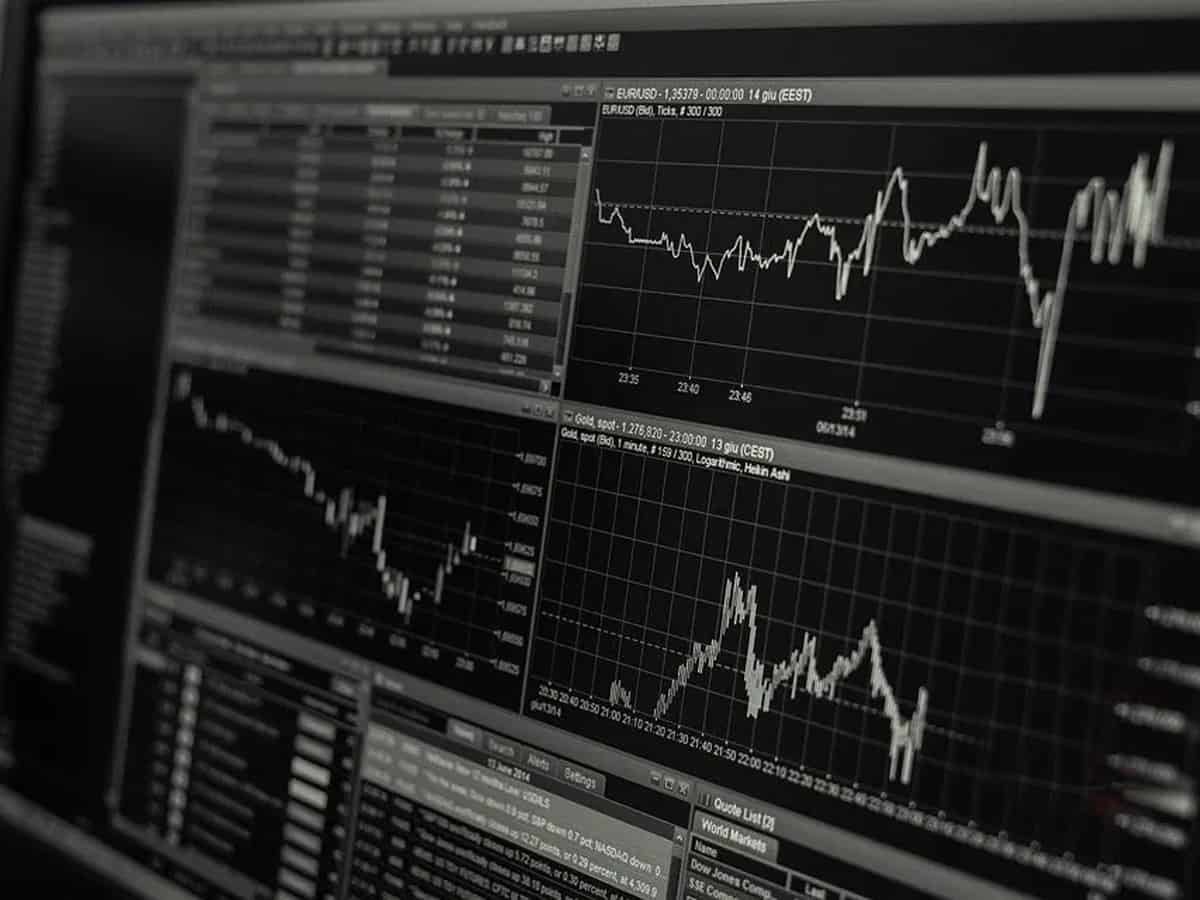In the labyrinthine world of international finance, India’s forex reserves stand as a beacon of stability, a testament to the nation’s economic prowess. These reserves, meticulously accumulated over decades, serve as the backbone of India’s financial resilience, enabling the country to weather external economic shocks and fuel growth. Let’s embark on a journey to unravel the components that make up this vast repository of wealth, exploring their origins, significance, and impact on the nation’s economic trajectory.

Image: hwnews.in
The Building Blocks of India’s Forex Reserves: A Symphony of Global Assets
Foreign Currency Assets: The bedrock of India’s forex reserves lies in its substantial holdings of foreign currency denominated primarily in US Dollars, Euros, Yen, and Pounds. These are acquired through various mechanisms, including trade, remittances, and foreign direct investments. Maintaining a significant proportion of reserves in major global currencies ensures stability and liquidity, safeguarding the country against currency fluctuations.
Gold: India’s fascination with gold extends beyond its cultural allure to the financial realm. The country boasts one of the largest gold reserves globally, providing a safe haven during economic uncertainties. Gold’s intrinsic value and its status as a tangible asset make it a formidable component of India’s forex reserves, contributing to the nation’s overall economic security.
Special Drawing Rights (SDR): The International Monetary Fund (IMF) created SDR as an international reserve asset to supplement other reserve currencies. SDR holdings provide India with access to additional foreign exchange resources in times of need, acting as a safety net against external imbalances or financial crises.
Reserve Tranche Position (RTP): The Reserve Tranche Position represents India’s unused portion of its IMF quota. It is essentially a line of credit that can be tapped into should the need arise, bolstering India’s financial preparedness in the face of adverse economic conditions.
The Impact of Forex Reserves on India’s Economic Landscape: A Catalyst for Growth
India’s robust forex reserves have profound implications for the nation’s economic well-being. They serve as a cushion against external shocks, preventing sudden fluctuations in the currency market from wreaking havoc on the domestic economy.
Stabilizing the Rupee: By intervening in the foreign exchange market, India can use its forex reserves to stabilize the rupee’s value against other currencies. This helps prevent excessive volatility, thereby protecting the domestic economy from external factors.
Facilitating International Trade: Ample forex reserves enable India to fulfill its international trade obligations seamlessly. It ensures the availability of foreign currency to finance imports and aids in the settlement of international transactions, promoting economic growth and global competitiveness.
Attracting Foreign Investment: Robust forex reserves instill confidence among foreign investors, showcasing India’s financial stability and resilience. This encourages capital inflows, which play a crucial role in financing domestic industries, creating employment opportunities, and stimulating economic growth.

Image: www.siasat.com
Components Of Indian Forex Reserves
Conclusion: India’s Forex Reserves, a Linchpin of Economic Stability and Growth
India’s forex reserves stand as a testament to the nation’s economic strength and global financial standing. Its strategic composition, encompassing a diverse range of assets, ensures stability, liquidity, and resilience. By safeguarding the rupee, facilitating trade, attracting foreign investment, and providing a buffer against external shocks, India’s forex reserves serve as a cornerstone of the nation’s economic growth and prosperity.






